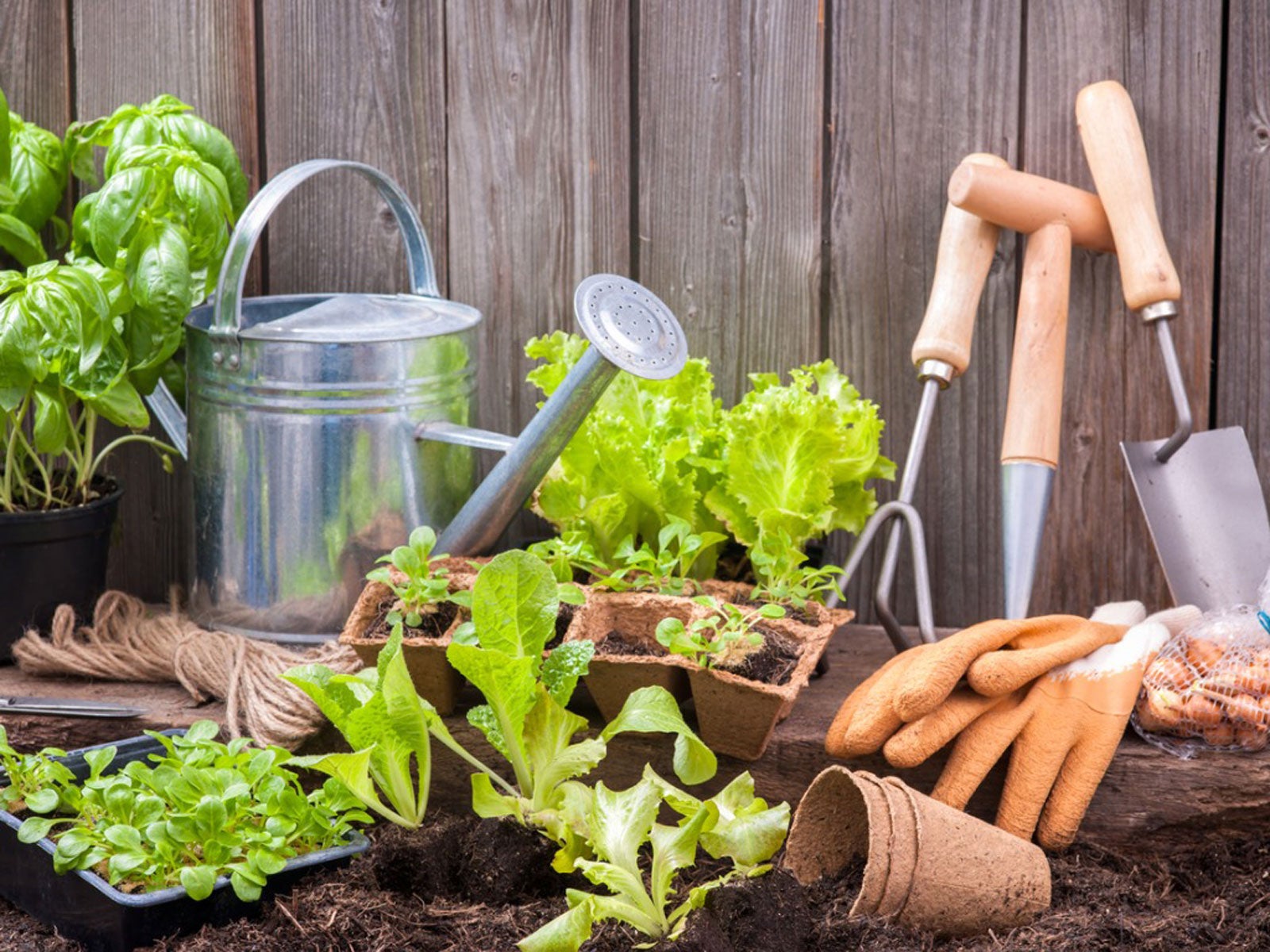How to Start an Aquaponic Garden at Home: Easy Steps

Imagine transforming your backyard into a thriving ecosystem where plants and fish coexist harmoniously. This isn't a fantasy; it's the reality of aquaponics. By combining the best of hydroponics and aquaculture, you can create a sustainable, organic farming system right at home. Ready to dive in? Let's explore how to start an aquaponic garden at home.
Understanding Aquaponics: The Basics
What is Aquaponics?
Aquaponics is a symbiotic system where fish and plants work together to create a balanced ecosystem. Fish waste provides nutrients for the plants, while the plants filter the water, keeping it clean for the fish. It's a win-win situation that mimics natural processes and offers a sustainable way to grow food.
Benefits of Aquaponics
- Sustainability: Aquaponics uses 90% less water than traditional farming methods.
- Organic Farming: No need for chemical fertilizers or pesticides.
- Space Efficiency: Perfect for small spaces, making it ideal for home gardening.
- Year-Round Harvest: Grow fresh produce and raise fish all year long.
Setting Up Your Aquaponic System
Step 1: Choose Your Fish Tank
The fish tank is the heart of your aquaponic system. Choose a tank size based on the space you have and the number of fish you plan to raise. A good rule of thumb is one gallon of water per pound of fish.
Step 2: Select Your Fish
Common choices for home aquaponics include tilapia, goldfish, and koi. Each species has its own requirements, so do your research to find the best fit for your system.
Step 3: Set Up the Grow Bed
The grow bed is where your plants will thrive. You can use a variety of materials, such as gravel, clay pebbles, or even coconut coir. Ensure the bed is well-drained to prevent waterlogging.
Step 4: Install the Pump and Filtration System
A water pump is essential for circulating water between the fish tank and the grow bed. A filtration system helps maintain water quality by removing solid waste and excess nutrients.
Step 5: Plant Your Crops
Choose plants that are well-suited to hydroponic conditions, such as leafy greens, herbs, and small vegetables. Avoid root vegetables, as they may not thrive in an aquaponic system.
Maintaining Your Aquaponic Garden
Daily Maintenance
- Feed the Fish: Regular feeding ensures a steady supply of nutrients for your plants.
- Check Water Quality: Monitor pH, ammonia, and nitrate levels to ensure optimal conditions for both fish and plants.
- Inspect the System: Look for any leaks, clogs, or other issues that could disrupt the balance of your system.
Weekly Maintenance
- Clean the Filters: Regular cleaning prevents buildup and ensures efficient filtration.
- Harvest and Replant: As plants mature, harvest them and replant new seedlings to keep your garden productive.
Monthly Maintenance
- Check Fish Health: Monitor your fish for signs of illness or stress.
- Adjust Water Levels: Top up the water as needed to maintain the correct volume.
Troubleshooting Common Issues
Algae Growth
Algae can be a sign of excess nutrients or light. Reduce feeding, increase water flow, or add shade to control algae growth.
Pest Infestations
While aquaponics reduces the risk of pests, they can still occur. Use organic pest control methods, such as neem oil or beneficial insects, to manage infestations.
Water Quality Problems
High ammonia or nitrate levels can harm both fish and plants. Regularly test the water and adjust feeding or filtration as needed.
Conclusion
Starting an aquaponic garden at home is a rewarding journey that combines the joy of home gardening with the satisfaction of sustainable living. By following these easy steps, you can create a thriving ecosystem that provides fresh produce and healthy fish. So, why wait? Dive into the world of aquaponics and experience the magic of nature in your own backyard.
FAQs
1. What is the best size for a home aquaponic system?
The best size depends on your available space and the number of fish you plan to raise. A good starting point is a 50-gallon fish tank, which can support a small grow bed and a few fish.
2. How often should I feed my fish in an aquaponic system?
Feed your fish once or twice a day, depending on their size and species. Overfeeding can lead to excess nutrients and poor water quality, so it's important to find the right balance.
3. Can I grow any type of plant in an aquaponic system?
While many plants thrive in aquaponics, some are better suited than others. Leafy greens, herbs, and small vegetables are excellent choices. Root vegetables and large plants may not fare as well.
4. How do I control pests in my aquaponic garden?
Use organic pest control methods, such as neem oil or beneficial insects. Avoid chemical pesticides, as they can harm both fish and plants.
5. What should I do if my fish get sick?
Monitor your fish for signs of illness, such as lethargy, loss of appetite, or unusual behavior. If you suspect a problem, consult a veterinarian or an aquaculture specialist for advice.


Starting an aquaponic garden at home is an exciting adventure that brings the wonders of nature right to your doorstep. With a little planning and care, you can create a sustainable, organic farming system that benefits both you and the environment. So, are you ready to take the plunge?
0 Response to "How to Start an Aquaponic Garden at Home: Easy Steps"
Post a Comment